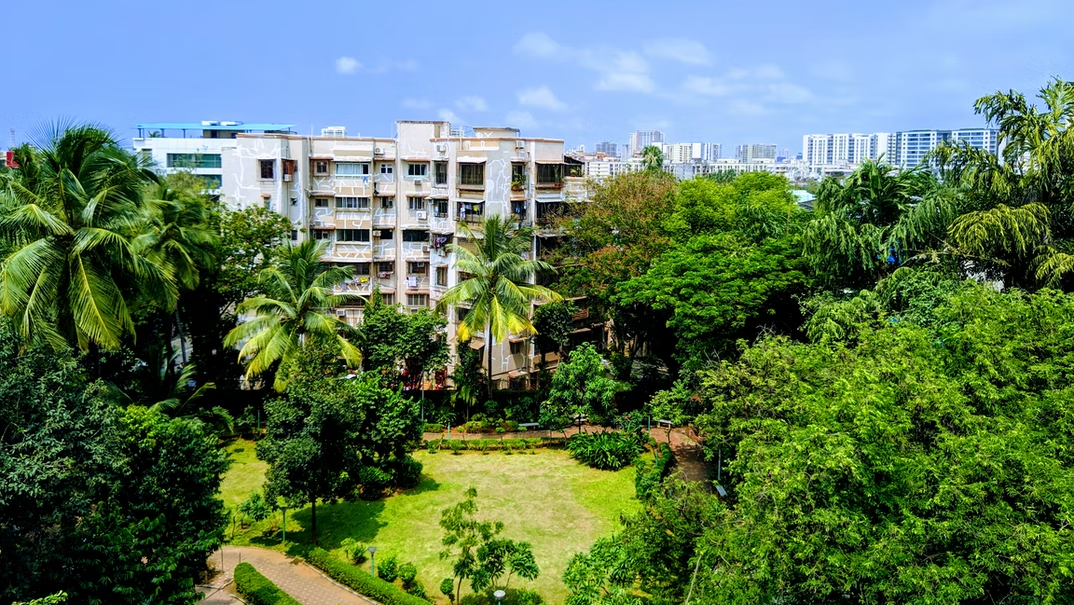
How the monsoon rains affect people
Monsoon rains are rains that occur during monsoons, one of the two major types of wind on planet Earth on pair with trade winds. They bring large amounts of rainfall and are considered to be the world's main rains. In this new lesson of the Windy.app Meteorological Textbook (WMT) and newsletter for better weather forecasting you will learn more about what are the monsoon rains, and how they affect peoples’ lives.
Why monsoon rains are so important?
From the past WMT lesson on where monsoons come from, we already know that in the summer, monsoon areas are hot, and in the winter they get very cold. That’s why the soil dries out by spring, and plant life deteriorates. One of the best examples of this is Sahel — a region on Africa, south of the Sahara.

Sahel. Dennis Groom / Unsplash
Monsoon rains are the only source of moisture in Sahel, and without them it would be a lifeless desert. If the rains come late or won’t be strong enough, the people will barely have food and water. For instance, on the verge of the 60s and 70s, Sahel had less than half of its usual precipitation. This lead to more than 100 000 people dying from hunger, and millions were forced to migrate to other regions.
Also, without rains, wind easily raises dry soil particles into the air, creating dust storms that have a devastating effect on people, animals, and plant life.
A person caught in a dust storm can get dust pneumonia and lung cancer, they can go permanently blind. Moreover, with the dust, bacterias that cause dangerous infections are also lifted into the air.

Dust storm. Artin Bakhan / Unsplash
Does monsoon rains solve all these issues?
In short — yes. Cumulonimbus clouds that are formed in monsoons bring large reserves of the moisture that’s so crucial. But there’s another side. For instance, in India, more than 15 people get lethally hit by the lightnin formed in cumulonimbus clouds annually during monsoon season. Abundant rains can cause floods and landslides, and also bring a lot of damage.
Monsoons bring record precipitation. For instance, in London, which is considered a properly rainy town, gets 600 mm of precipitation a year. In Mumbai, India, the annual precipitation count amounts to 2 400 mm, and 95% of them occur over 4 months, from June to September. In March and April it may not rain for years here, like in a real desert. And only thanks to Monsoons, Mumbai is filled with life.
The wettest place on Earth — the town of Cherrapunji — is also located in India. On average, this region receives 12 000 mm of precipitation, that’s up to 12 meters! And the Cherrapunji record is 26 meters! Just imagine: if you take the roof off a 10-storey house, it will fill up with water completely over one year. And most of this precipitation comes specifically thanks to monsoons.

Mumbai. Deepak Kumar / Unsplash
Monsoon rain forecasts
Summer monsoons come very abruptly, but always at a different time. They can run weeks late or ahead of time, and that time is critical for many people. If it’s known in advance that the monsoon will be late, more help can be offered to those who depend on it.

YODA Adaman / Unsplash
Fortunately, we understand what causes monsoons pretty well. That’s why the key is finding ‘predictors’ — events that always occur before our phenomenon, often small and seemingly insignificant. If an event like this happens, the phenomenon will follow.
Great strides have been made in forecasts of Indian monsoons. Here, scientists found a predictor — soil temperature fluctuations. Using the new method, they gave a monsoon forecast over a month in advance, and it was correct. The accuracy of this method is 85%, and its further development is ahead.
Another task is forecasting specifically cumulonimbus clouds that provide rain. It’s no less complex and strongly depends on computing technology capabilities, as well as observation data. Now, we describe existing clouds’ movements well, but predict the occurrence of new clouds poorly.
Monsoon rains are incredibly important for millions of people around the world. Let’s hope that new forecast methods and smart social policies will allow to negate nature’s destructive consequences.
Text: Windy.app
Cover photo: Satyan Chawla / Unsplash
You can also find useful
Latest News
Professional Weather App
Get a detailed online 10 day weather forecast, live worldwide wind map and local weather reports from the most accurate weather models.
Compare spot conditions, ask locals in the app chat, discover meteo lessons, and share your experience in our Windy.app Community.
Be sure with Windy.app.



